-
 Bitcoin
Bitcoin $83,333.2617
0.07% -
 Ethereum
Ethereum $1,820.9206
0.04% -
 Tether USDt
Tether USDt $0.9995
-0.04% -
 XRP
XRP $2.0632
0.56% -
 BNB
BNB $593.8431
-0.09% -
 USDC
USDC $0.9999
-0.01% -
 Solana
Solana $116.9473
-1.86% -
 Dogecoin
Dogecoin $0.1628
-1.33% -
 Cardano
Cardano $0.6517
0.85% -
 TRON
TRON $0.2381
1.11% -
 Toncoin
Toncoin $3.5643
-7.90% -
 UNUS SED LEO
UNUS SED LEO $9.4410
0.56% -
 Chainlink
Chainlink $12.8995
-1.62% -
 Stellar
Stellar $0.2614
0.11% -
 Avalanche
Avalanche $18.2219
0.21% -
 Sui
Sui $2.2624
-4.19% -
 Shiba Inu
Shiba Inu $0.0...01220
-0.02% -
 Hedera
Hedera $0.1642
0.10% -
 Polkadot
Polkadot $4.0561
1.11% -
 Litecoin
Litecoin $83.3042
1.26% -
 MANTRA
MANTRA $6.4338
1.83% -
 Bitcoin Cash
Bitcoin Cash $301.5390
2.40% -
 Bitget Token
Bitget Token $4.5072
-0.54% -
 Dai
Dai $0.9999
0.02% -
 Ethena USDe
Ethena USDe $0.9995
-0.04% -
 Monero
Monero $215.9958
0.03% -
 Hyperliquid
Hyperliquid $11.8716
-2.66% -
 Pi
Pi $0.5718
-13.60% -
 Uniswap
Uniswap $5.8924
-0.38% -
 Aptos
Aptos $5.0504
-2.31%
The impact of candlestick chart patterns on cryptocurrency prices
Candlestick charts are vital for crypto traders, showing price movements and trends through patterns like Hammer, Bullish Engulfing, and Morning Star for potential entry points.
Mar 29, 2025 at 03:21 pm
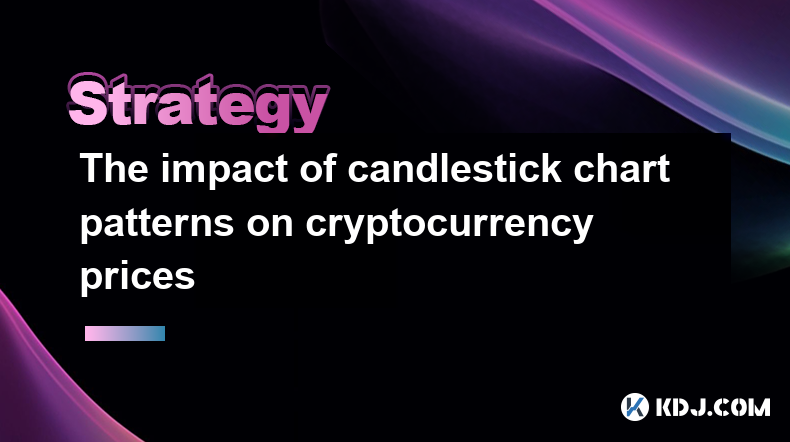
Understanding Candlestick Charts in Crypto Trading
Candlestick charts are a powerful visual tool used by cryptocurrency traders to analyze price movements and predict future trends. Each candlestick represents a specific time period (e.g., one hour, one day), showing the opening, closing, high, and low prices. Understanding these elements is crucial for interpreting candlestick patterns. The body of the candle indicates the range between the opening and closing prices, while the wicks (shadows) represent the high and low prices reached during that period. Green candles typically indicate a closing price higher than the opening price (bullish), while red candles show a closing price lower than the opening price (bearish).
Common Bullish Candlestick Patterns and Their Implications
Several bullish candlestick patterns suggest a potential price increase. One example is the Hammer, characterized by a small body at the bottom of the candlestick with a long lower wick, suggesting buying pressure overcoming selling pressure. Another is the Bullish Engulfing Pattern, where a large green candle completely engulfs a preceding red candle, signifying a potential shift in momentum from bearish to bullish. The Morning Star pattern, consisting of a bearish candle followed by a small body candle and then a large bullish candle, signals a potential bullish reversal. Traders often use these patterns to identify potential entry points for long positions.
Common Bearish Candlestick Patterns and Their Implications
Conversely, certain patterns indicate potential price declines. The Hanging Man resembles a hammer but appears at the top of an uptrend, suggesting potential weakness and a possible reversal. A Bearish Engulfing Pattern is the opposite of its bullish counterpart, with a large red candle engulfing a preceding green candle, signaling a possible bearish shift. The Evening Star pattern, similar to the Morning Star but with a bearish reversal, consists of a bullish candle followed by a small body candle and then a large bearish candle. These patterns can help traders identify potential exit points for long positions or entry points for short positions.
Interpreting Candlestick Patterns: Context is Key
It's crucial to remember that candlestick patterns are most effective when considered within the broader context of the market. Analyzing patterns in isolation can be misleading. Factors such as overall market sentiment, trading volume, and technical indicators should all be considered alongside candlestick patterns for a more comprehensive analysis. Confirmation from other technical indicators strengthens the signal provided by a candlestick pattern. For example, a bullish engulfing pattern confirmed by increasing trading volume carries more weight than one without volume confirmation.
Combining Candlestick Patterns with Other Technical Indicators
While candlestick patterns offer valuable insights, relying solely on them is risky. Integrating candlestick analysis with other technical indicators, such as moving averages, Relative Strength Index (RSI), and MACD, provides a more robust trading strategy. For example, observing a bullish engulfing pattern alongside a bullish crossover of moving averages strengthens the bullish signal. Similarly, a bearish pattern confirmed by a bearish divergence in RSI adds more conviction to a potential bearish trend. This holistic approach minimizes the risk of false signals.
The Role of Timeframes in Candlestick Analysis
The timeframe chosen significantly impacts the interpretation of candlestick patterns. A pattern that appears significant on a daily chart might be insignificant on a 5-minute chart. Traders often analyze multiple timeframes simultaneously to gain a more complete picture of the market. For example, a trader might use a daily chart to identify the overall trend and then use a shorter timeframe, such as a 1-hour chart, to pinpoint precise entry and exit points. This multi-timeframe approach enhances accuracy and reduces risk.
Identifying and Avoiding Common Mistakes in Candlestick Analysis
Several common mistakes can hinder effective candlestick analysis. One is over-reliance on isolated patterns, neglecting the broader market context and other indicators. Another is ignoring volume, which provides crucial confirmation for price movements. Finally, confusing patterns or misinterpreting subtle differences between similar patterns can lead to inaccurate predictions. Continuous learning and practice are essential to mastering candlestick analysis and avoiding these pitfalls.
Advanced Candlestick Pattern Combinations
Experienced traders often look for combinations of candlestick patterns to identify stronger signals. For instance, a bullish engulfing pattern followed by a hammer can signal a strong bullish reversal. Similarly, a bearish engulfing pattern followed by a hanging man can indicate a significant bearish trend. These complex patterns require a deeper understanding of candlestick chart analysis and market dynamics. However, they can provide valuable insights for sophisticated traders.
The Psychological Impact of Candlestick Patterns on Traders
Candlestick patterns can influence trader psychology, leading to herd behavior and potentially amplifying price movements. A widely recognized bullish pattern can trigger a wave of buying, pushing prices higher, even if the underlying fundamentals don't fully support it. Conversely, a bearish pattern can spark panic selling, accelerating price declines. Understanding this psychological aspect is crucial for managing risk and avoiding emotional trading decisions.
Frequently Asked Questions
Q: Are candlestick patterns reliable indicators of future price movements?
A: Candlestick patterns are not foolproof predictors. They are tools to help identify potential price movements, but they should be used in conjunction with other technical indicators and fundamental analysis for a more comprehensive assessment. Market conditions and unexpected events can always influence price action.
Q: How can I learn more about candlestick patterns?
A: Numerous online resources, including websites, books, and courses, provide detailed information on candlestick patterns and their interpretation. Practicing on demo accounts before trading with real funds is crucial to develop your skills and understanding.
Q: Can I use candlestick patterns to predict the exact price of a cryptocurrency?
A: No. Candlestick patterns indicate potential price direction and momentum, not precise price targets. They help identify potential entry and exit points but don't provide precise price predictions. Other factors influence price movements significantly.
Q: What are the limitations of using candlestick patterns alone?
A: Relying solely on candlestick patterns without considering other technical indicators, volume, and market context can lead to inaccurate predictions and increased trading risk. A holistic approach is necessary for effective analysis.
Q: How do I choose the right timeframe for candlestick analysis?
A: The optimal timeframe depends on your trading style and goals. Longer timeframes (daily, weekly) are useful for identifying long-term trends, while shorter timeframes (hourly, 5-minute) are better suited for short-term trading strategies. Many traders use multiple timeframes simultaneously.
Disclaimer:info@kdj.com
The information provided is not trading advice. kdj.com does not assume any responsibility for any investments made based on the information provided in this article. Cryptocurrencies are highly volatile and it is highly recommended that you invest with caution after thorough research!
If you believe that the content used on this website infringes your copyright, please contact us immediately (info@kdj.com) and we will delete it promptly.
- Gold Dips from Record High as Market Turmoil Sparks Profit-Taking
- 2025-04-04 08:35:12
- Factors such as whale accumulation, bullish technical indicators, and market sentiment have contributed to this optimistic outlook.
- 2025-04-04 08:35:12
- With the crypto market entering a new growth cycle in 2025
- 2025-04-04 08:30:11
- EOS Price Defies the Market Crash: +46% in a Week!
- 2025-04-04 08:30:11
- BlockDAG (BDAG) Breaks Records With 2,380% Presale Price Jump, Outpacing Dogecoin (DOGE) and Kaspa (KAS)
- 2025-04-04 08:25:12
- Economic uncertainty and a major crypto exchange hack pushed down the total value locked in DeFi protocols to $156 billion in the first quarter of 2025
- 2025-04-04 08:25:12
Related knowledge
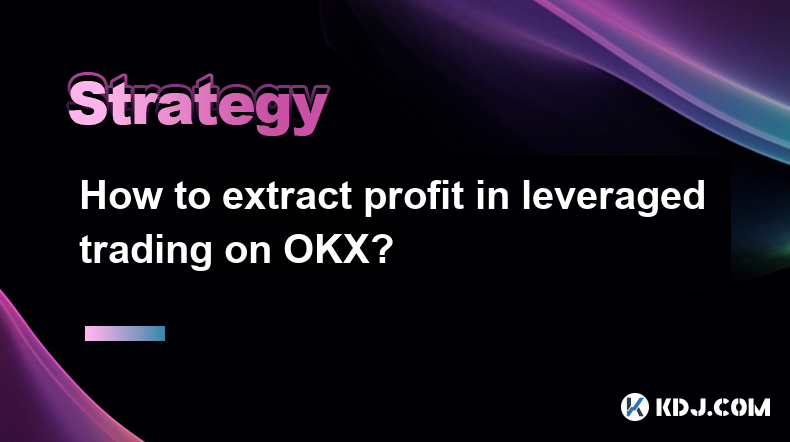
How to extract profit in leveraged trading on OKX?
Apr 04,2025 at 05:42am
Leveraged trading on OKX can be a powerful tool for traders looking to amplify their potential profits. However, it also comes with increased risk, making it essential to understand how to effectively extract profit from these trades. This article will guide you through the process of leveraging OKX's platform to maximize your gains while managing the i...
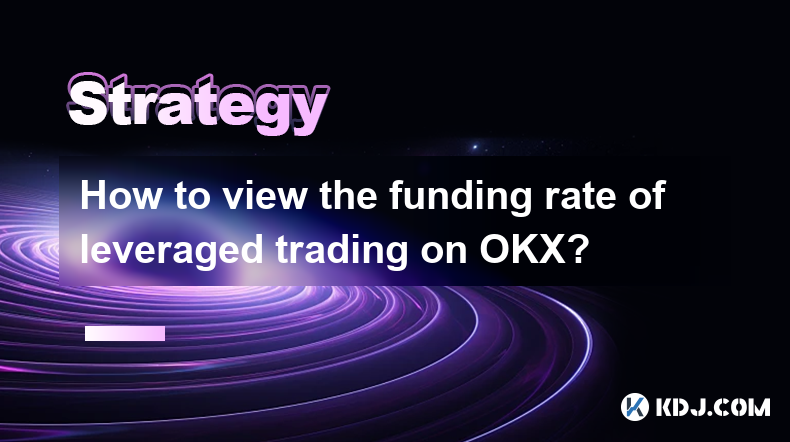
How to view the funding rate of leveraged trading on OKX?
Apr 04,2025 at 07:07am
Understanding the funding rate is crucial for anyone involved in leveraged trading on OKX. The funding rate is a mechanism used in perpetual futures contracts to ensure that the market price of the futures remains closely aligned with the spot price of the underlying asset. This article will guide you through the process of viewing the funding rate on O...

How to use the three crows candlestick combination to determine the market top?
Apr 03,2025 at 03:18pm
Three Black Crows are a classic K-line combination form that is often used to judge the top of the market in technical analysis. This pattern consists of three consecutive negative lines, the opening price of each negative line is within the entity of the previous K-line, and the closing price gradually decreases. This pattern usually appears at the end...
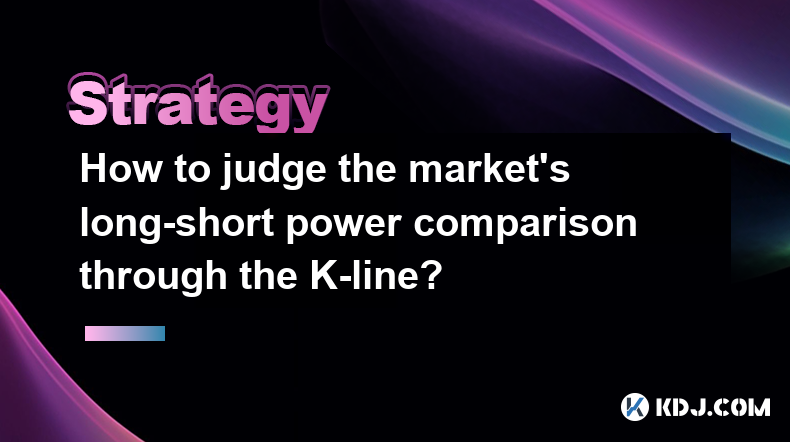
How to judge the market's long-short power comparison through the K-line?
Apr 03,2025 at 02:39pm
Judging the market's long-short power comparison through the K-line is an important skill in technical analysis. The K-line chart can not only show price changes, but also reflect the emotions and power comparison of market participants. This article will introduce in detail how to judge the market's long-short power comparison through K-lines. ...
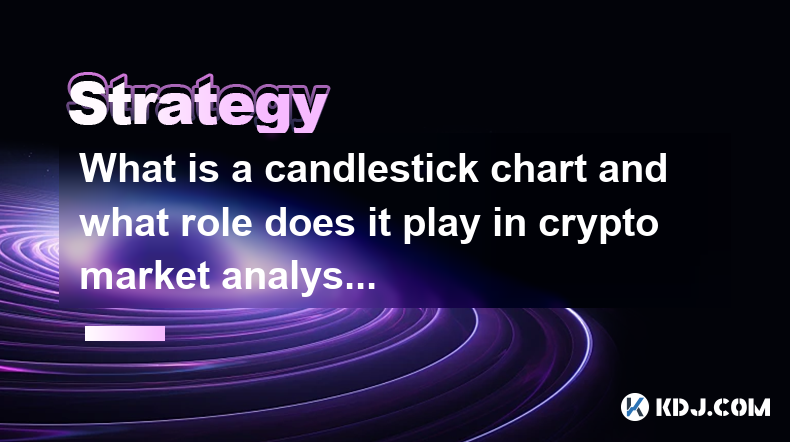
What is a candlestick chart and what role does it play in crypto market analysis?
Apr 03,2025 at 02:26pm
K-line chart, also known as candle chart, is a form of chart used to display changes in the price of financial products. In the cryptocurrency market, K-line charts are widely used to analyze the price trends of digital assets such as Bitcoin and Ethereum. This article will introduce in detail the basic structure, types of K-line charts and their specif...
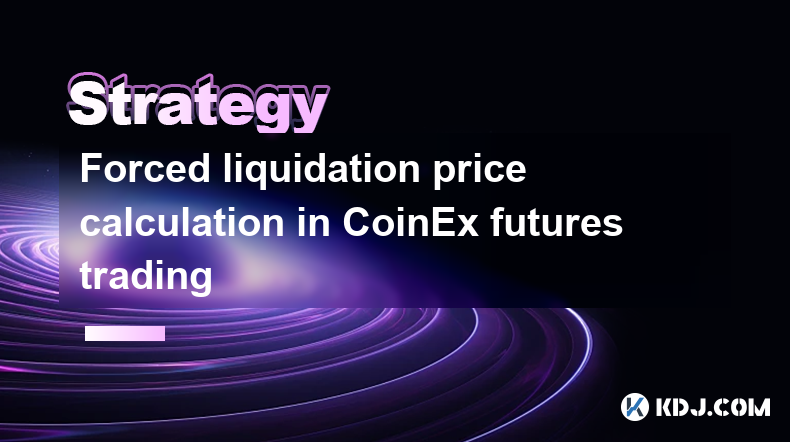
Forced liquidation price calculation in CoinEx futures trading
Apr 03,2025 at 05:35am
In CoinEx futures trading, understanding the forced liquidation price is crucial for managing risk and maintaining your positions. The forced liquidation price is the point at which your position is automatically closed to prevent further losses. This mechanism is designed to protect both the trader and the platform from negative account balances. The c...

How to extract profit in leveraged trading on OKX?
Apr 04,2025 at 05:42am
Leveraged trading on OKX can be a powerful tool for traders looking to amplify their potential profits. However, it also comes with increased risk, making it essential to understand how to effectively extract profit from these trades. This article will guide you through the process of leveraging OKX's platform to maximize your gains while managing the i...

How to view the funding rate of leveraged trading on OKX?
Apr 04,2025 at 07:07am
Understanding the funding rate is crucial for anyone involved in leveraged trading on OKX. The funding rate is a mechanism used in perpetual futures contracts to ensure that the market price of the futures remains closely aligned with the spot price of the underlying asset. This article will guide you through the process of viewing the funding rate on O...

How to use the three crows candlestick combination to determine the market top?
Apr 03,2025 at 03:18pm
Three Black Crows are a classic K-line combination form that is often used to judge the top of the market in technical analysis. This pattern consists of three consecutive negative lines, the opening price of each negative line is within the entity of the previous K-line, and the closing price gradually decreases. This pattern usually appears at the end...

How to judge the market's long-short power comparison through the K-line?
Apr 03,2025 at 02:39pm
Judging the market's long-short power comparison through the K-line is an important skill in technical analysis. The K-line chart can not only show price changes, but also reflect the emotions and power comparison of market participants. This article will introduce in detail how to judge the market's long-short power comparison through K-lines. ...

What is a candlestick chart and what role does it play in crypto market analysis?
Apr 03,2025 at 02:26pm
K-line chart, also known as candle chart, is a form of chart used to display changes in the price of financial products. In the cryptocurrency market, K-line charts are widely used to analyze the price trends of digital assets such as Bitcoin and Ethereum. This article will introduce in detail the basic structure, types of K-line charts and their specif...

Forced liquidation price calculation in CoinEx futures trading
Apr 03,2025 at 05:35am
In CoinEx futures trading, understanding the forced liquidation price is crucial for managing risk and maintaining your positions. The forced liquidation price is the point at which your position is automatically closed to prevent further losses. This mechanism is designed to protect both the trader and the platform from negative account balances. The c...
See all articles






















































































